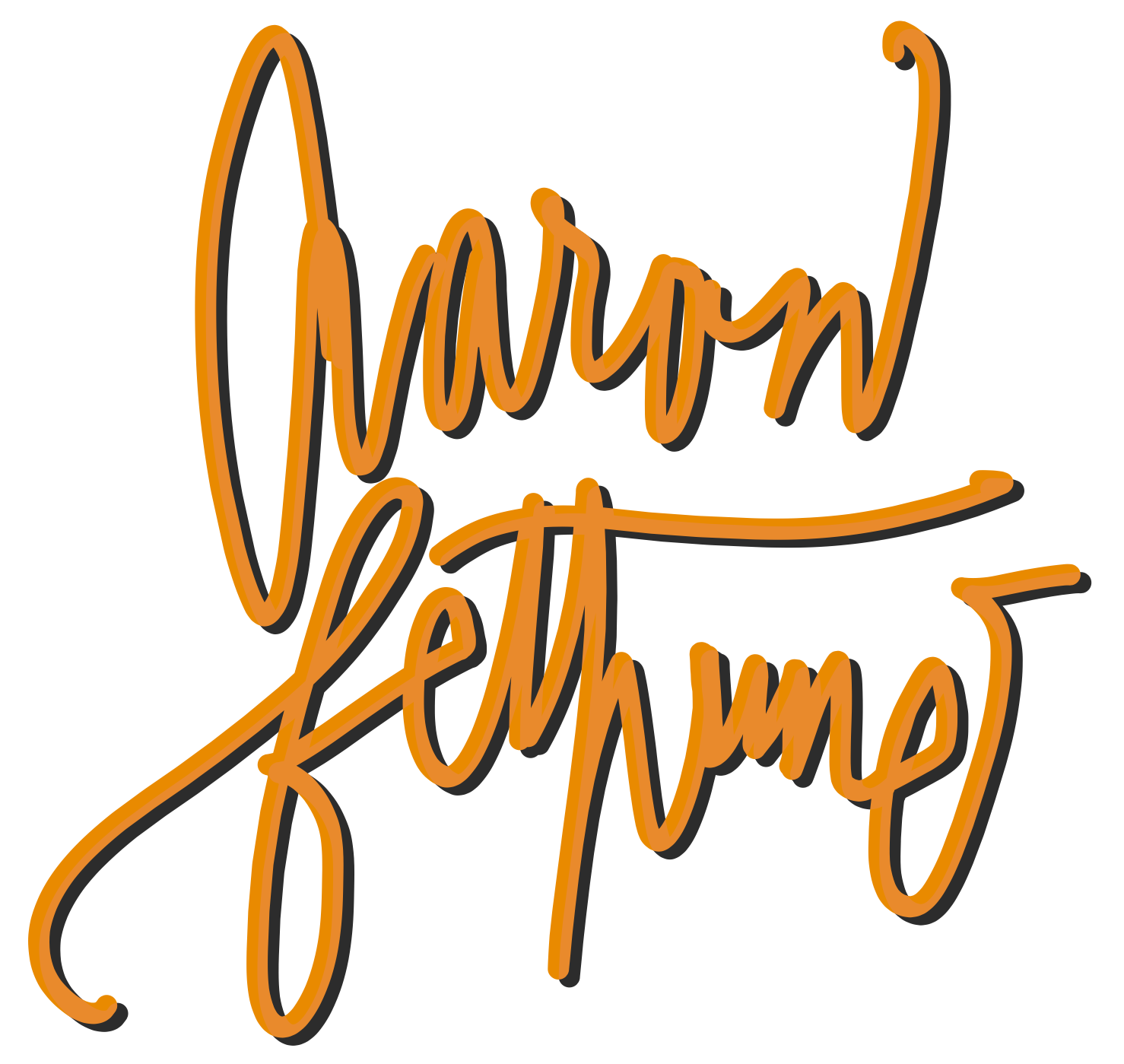Is Anything Truly Permanent?
Through meditation, I’ve come to see life as a series of transformations, much like waves rising and falling back into the ocean. Nothing ever stays the same—everything is in a constant state of flux. But this realization brings an intriguing question: is anything truly permanent?
A friend once shared a poignant story with me. For three years, she visited the same forest daily, only to watch it be clear-cut over time. She called it the "blood fields," mourning its loss. But then, something remarkable happened: life returned. The plants, birds, butterflies, and trees all came back together, reminding her that even destruction isn’t permanent. Renewal often emerges from devastation.
This makes me think about transitions—especially the greatest of them all, death. What if, at the moment of our last breath, we enter an entirely new phase of existence? A transformation as profound as the caterpillar becoming the butterfly. The butterfly doesn’t long for its days as a caterpillar; instead, it soars, marveling at the beauty of its wings. How sad it would be to look back on a life spent fearing such a transformation, only to realize it could have been embraced all along.
And yet, so much of life is spent fearing the inevitable, clinging to what we know, and resisting the flow of change. What if we chose to see impermanence not as something to fear, but as a gift—an invitation to grow, evolve, and expand?
This concept resonates in both our waking lives and our dreams. Have you ever had a dream so vivid that waking up brought immense relief—grateful it wasn’t real? Or the opposite—woken from a beautiful dream, wishing desperately to return? Some even master lucid dreaming, realizing mid-dream that they are both the dreamer and the creator. What if this waking life is also a dream? What if we are here to wake up to the truth that we have more control than we think? Like lucid dreaming, perhaps we can shape this reality with the choices we make, the thoughts we nurture, and the energy we project.
There’s a profound lesson here about attachment. Often, we cling to experiences, people, or familiar narratives because they define us. Letting go can feel terrifying—who are we without these attachments? But clinging is like gripping a branch in rushing rapids. It creates struggle and prevents us from moving forward. When we finally let go, the current carries us to calm waters. Perhaps the key to peace lies in embracing impermanence and realizing that we are both the dreamer and the dream.
But what if we’re not just the dreamer? What if we’re also the observer—the universal awareness behind the dream? Recognizing this might help us release fear and engage with life more intentionally. Instead of merely reacting to what happens, we could create, choose, and project joy, growth, and possibility into our reality. This perspective grants the freedom to live fully—unburdened by what might happen or the stories we cling to about who we’re supposed to be.
We often seek permanence in a world that’s inherently fluid. But it’s impermanence that makes life dynamic and meaningful. If we could truly grasp this, we might live differently—focusing less on what we fear losing and more on what we can create, share, and savor in the present.
So why not dream better? Why not live fully, letting go of the fear of change and the narratives that no longer serve us? After all, we are the ocean experiencing itself as waves. No matter how high we rise or how far we fall, we will always return to the infinite, ready for the next wave.
